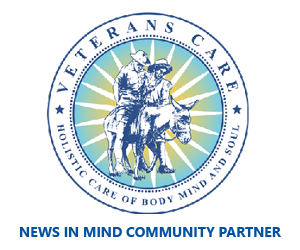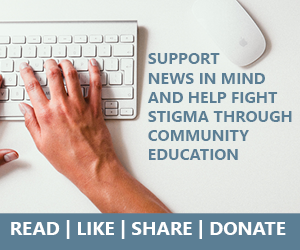Depression, anxiety, suicide ideation and a lack of support are common.
A new report highlights the prominence of mental health conditions, particularly suicide, among workers involved in Australia’s entertainment industry.
The study, undertaken by health promotion charity Entertainment Assist and Victoria University, analysed detailed interviews with 36 industry professionals and online survey results of almost 3,000 workers from all areas of the entertainment business, from actors, dancers and musicians to lighting technicians, stage managers and roadies.
For these individuals, suicide ideation is six times higher than that of the general population, while suicide planning is four times more likely and suicide attempts are occurring at more than double the rate of the national average.
The report also reveals anxiety is a fairly common trait among entertainment workers, with indicators of moderate to severe anxiety 10 times higher than the average Australian.
Celebrities and entertainment employees are also five times more likely to exhibit symptoms and characteristics associated with depression than the general population.
In light of these worrying statistics, it’s interesting to note that entertainment professionals are among the most passionate, creative and committed Aussie workers. However, the report exposes the constant struggle these individuals suffer at the hands of an often low-paying, unpredictable, highly critical and demanding occupation.
More than a third (35%) of all entertainment industry workers earn an annual income below $20,000. As can be seen in the infographic below, more than three quarters of Aussie actors (89%), dancers (85%) and musicians (76.5%) earn less than $30,000 per annum. For context, the Australian national minimum wage is $34,112.
It’s not surprising the research found industry workers more regularly suffer chronic sleep disorders and insomnia than the average Australian, given 43.1% work most of the time in the evenings and night, 41.9% work on the weekends and 30.2% say they always work unpredictable hours. In comparison, just 16% of the general population are shift workers.
More than half (57.9%) of entertainment workers have problems finding time for their families, almost two-thirds (63%) have trouble maintaining a social life and more than two-fifths (45%) have trouble maintaining contact with their friends in the industry.
The majority of industry workers admit they wouldn’t be able to raise $2,000 from their networks in an emergency (59.9%), while a similar proportion feel they can’t or could only sometimes garner support from family or friends (56.1%) in times of need.
The report suggests the need for comprehensive psychological services with industry specific expertise and specialist treatment in the areas of prevention and support.
Results from a different survey released late last month found that while the overwhelming majority (96%) of Aussies believe improved psychological first aid is necessary to identify and assist mental health sufferers, many respondents (64%) felt high profile individuals often use mental health issues as an excuse for bad behaviour.
In an effort to curb Australian suicide rates, health minister Sussan Ley re-affirmed the government’s commitment to trialling innovative approaches in delivering mental health services. The announcement was made in correspondence with World Mental Health Day (10 October).
As part of the $26 million project, 10 leading primary health network sites will be established around the country to better match local health services to individual needs. Additional funding will also support suicide prevention lead sites and regional suicide prevention trials.
If you, a family member, friend or colleague need access to 24 hour crisis support, suicide prevention services or other mental health resources, contact Lifeline on 13 11 14.
This piece by Peter Terlato was first published on ‘Finder.com’ on October 10, 2016.
























